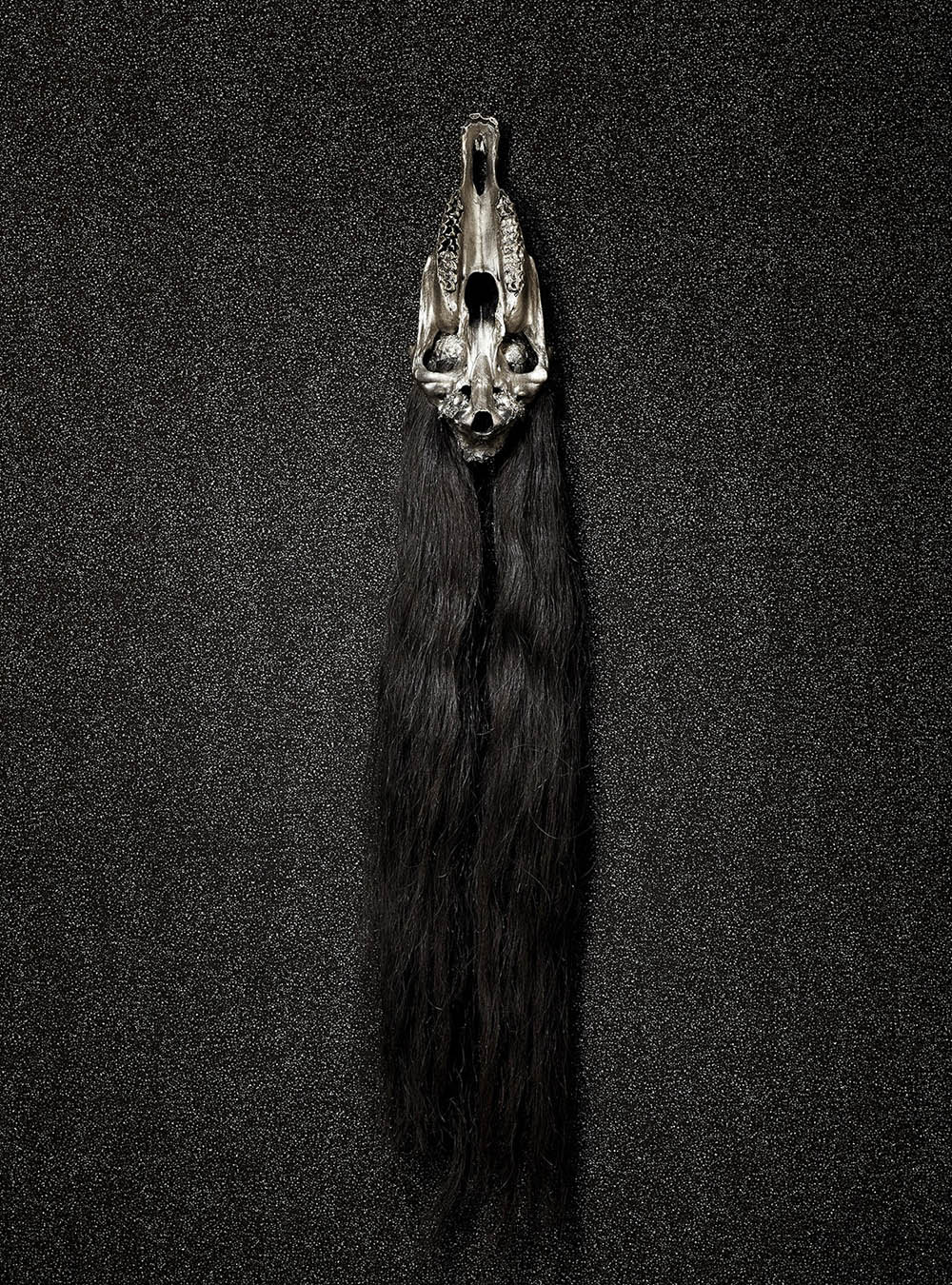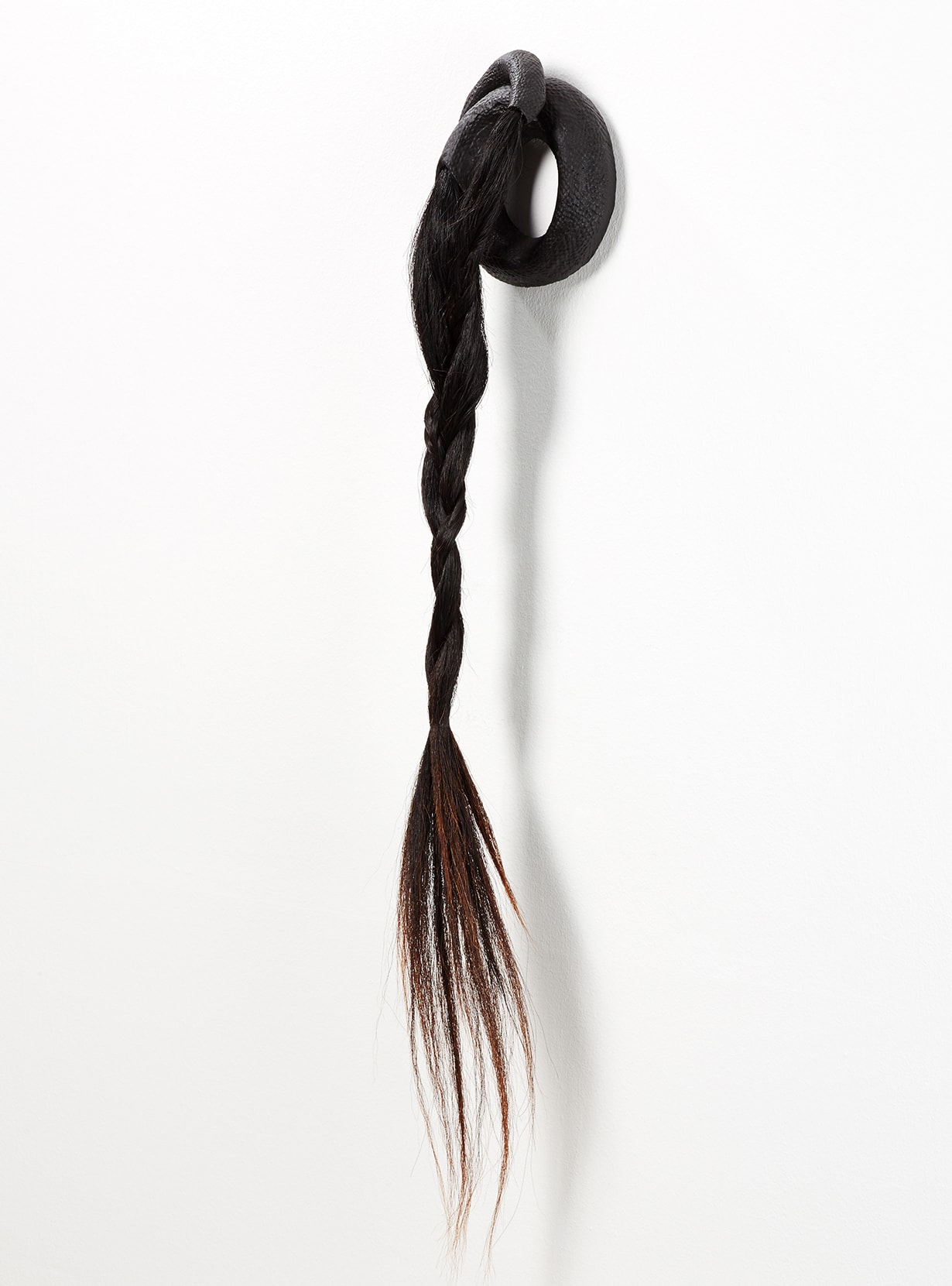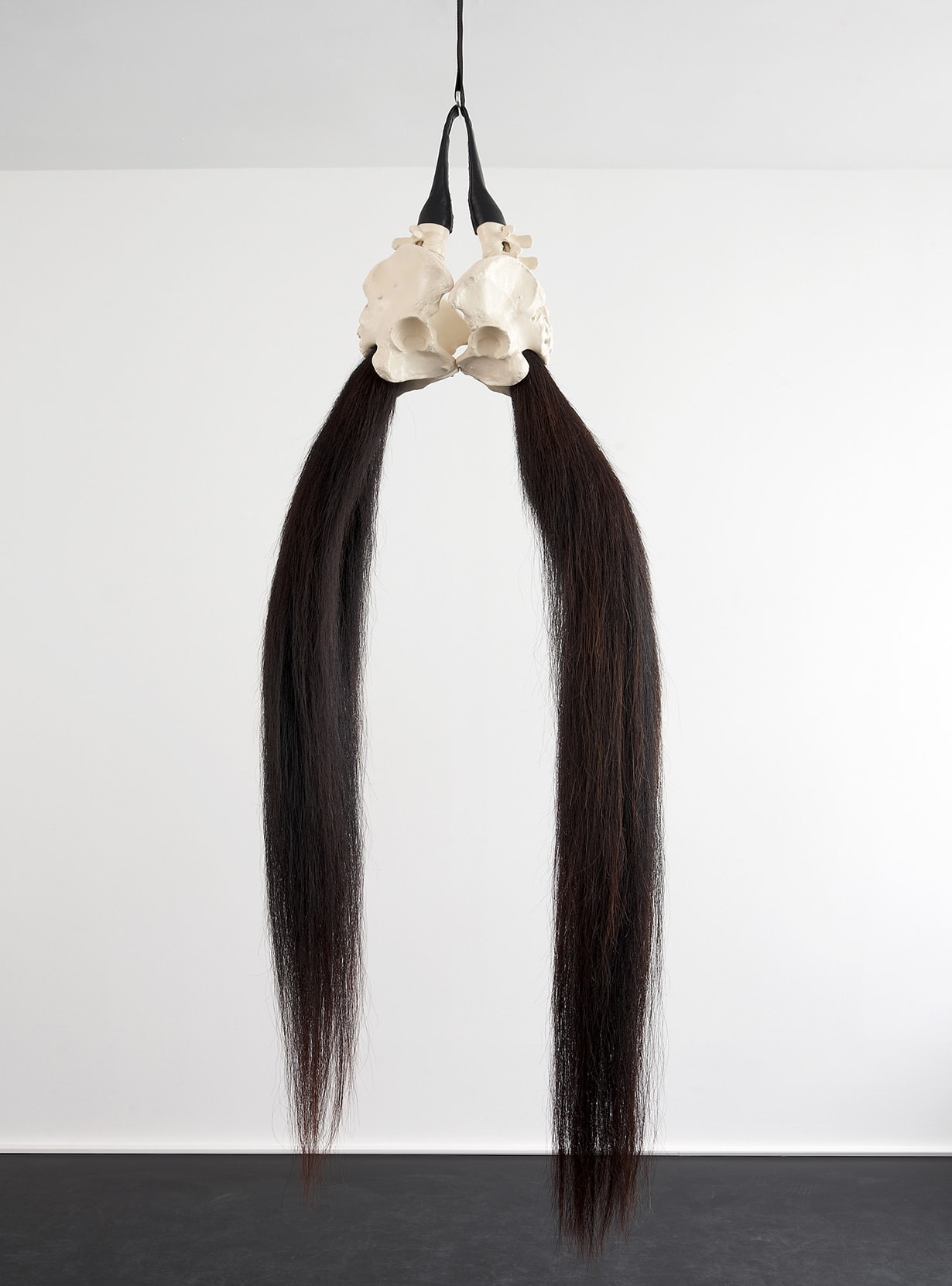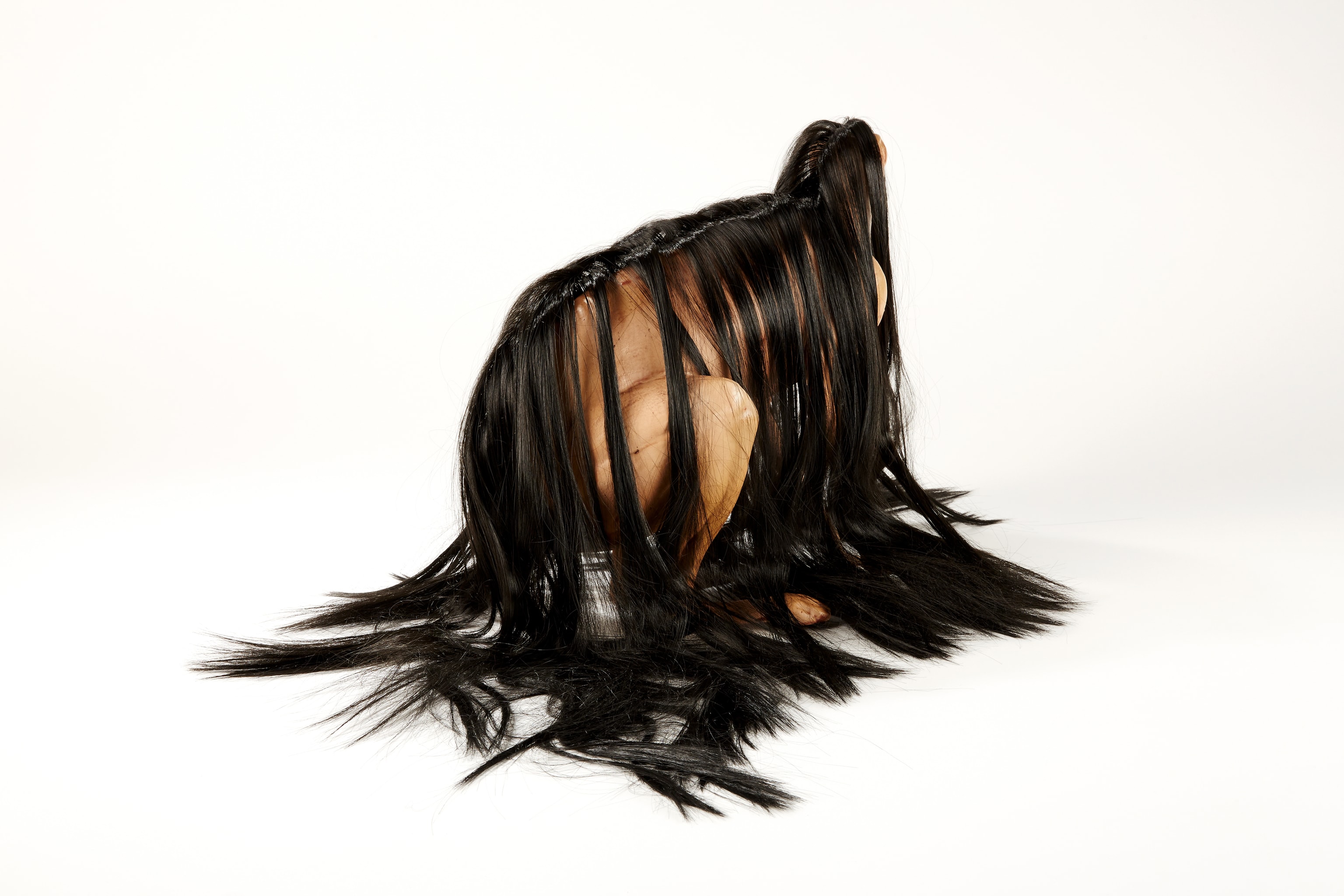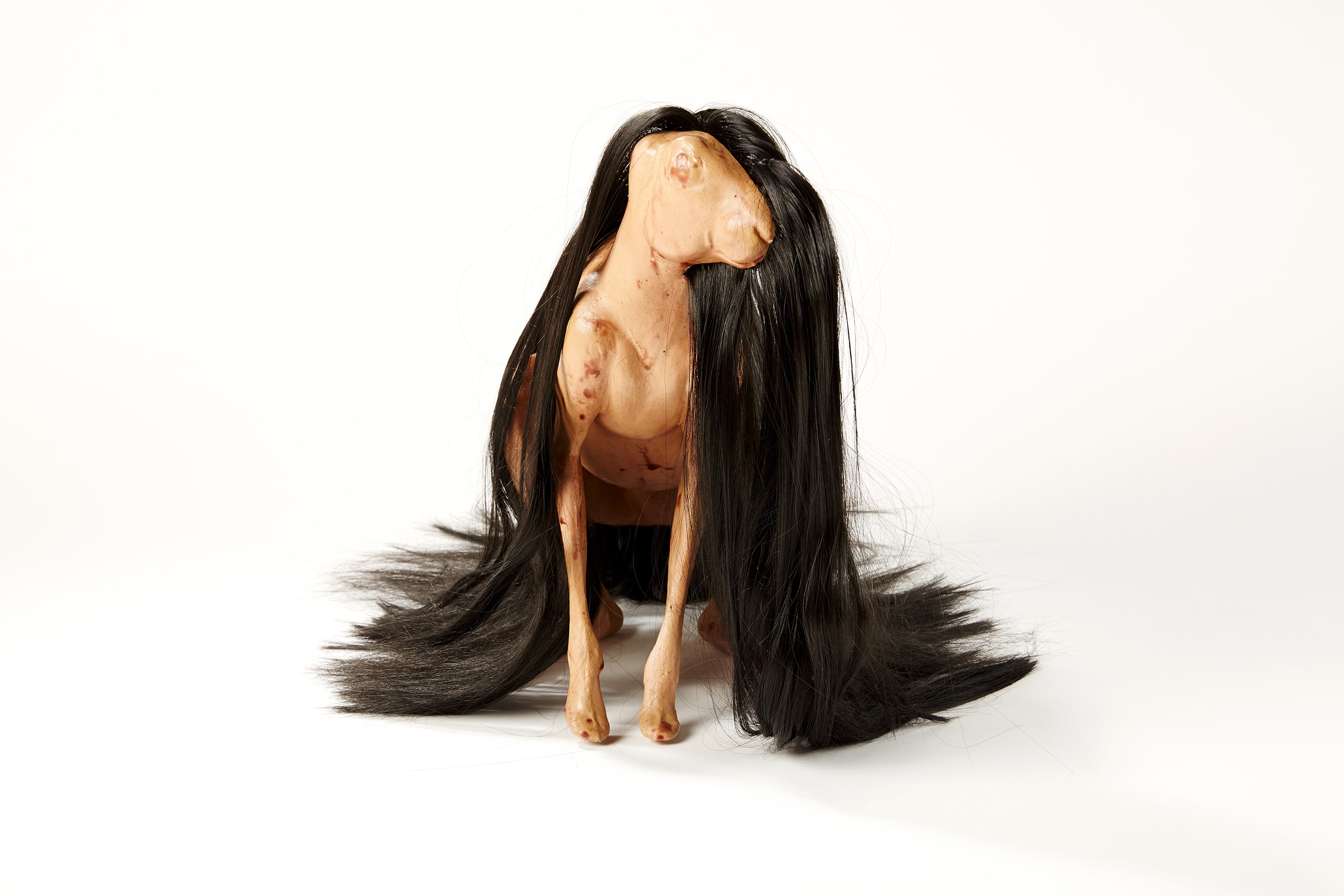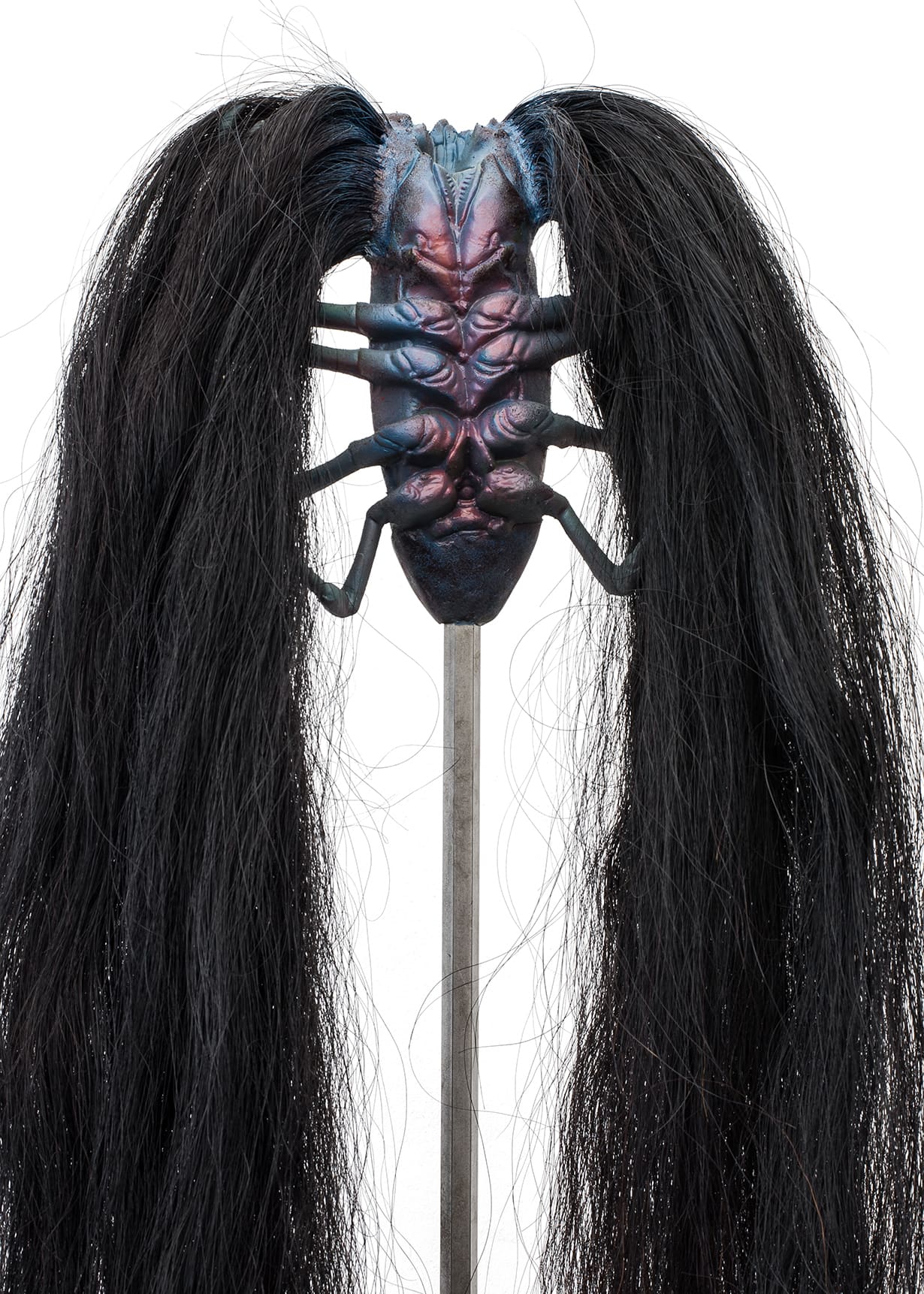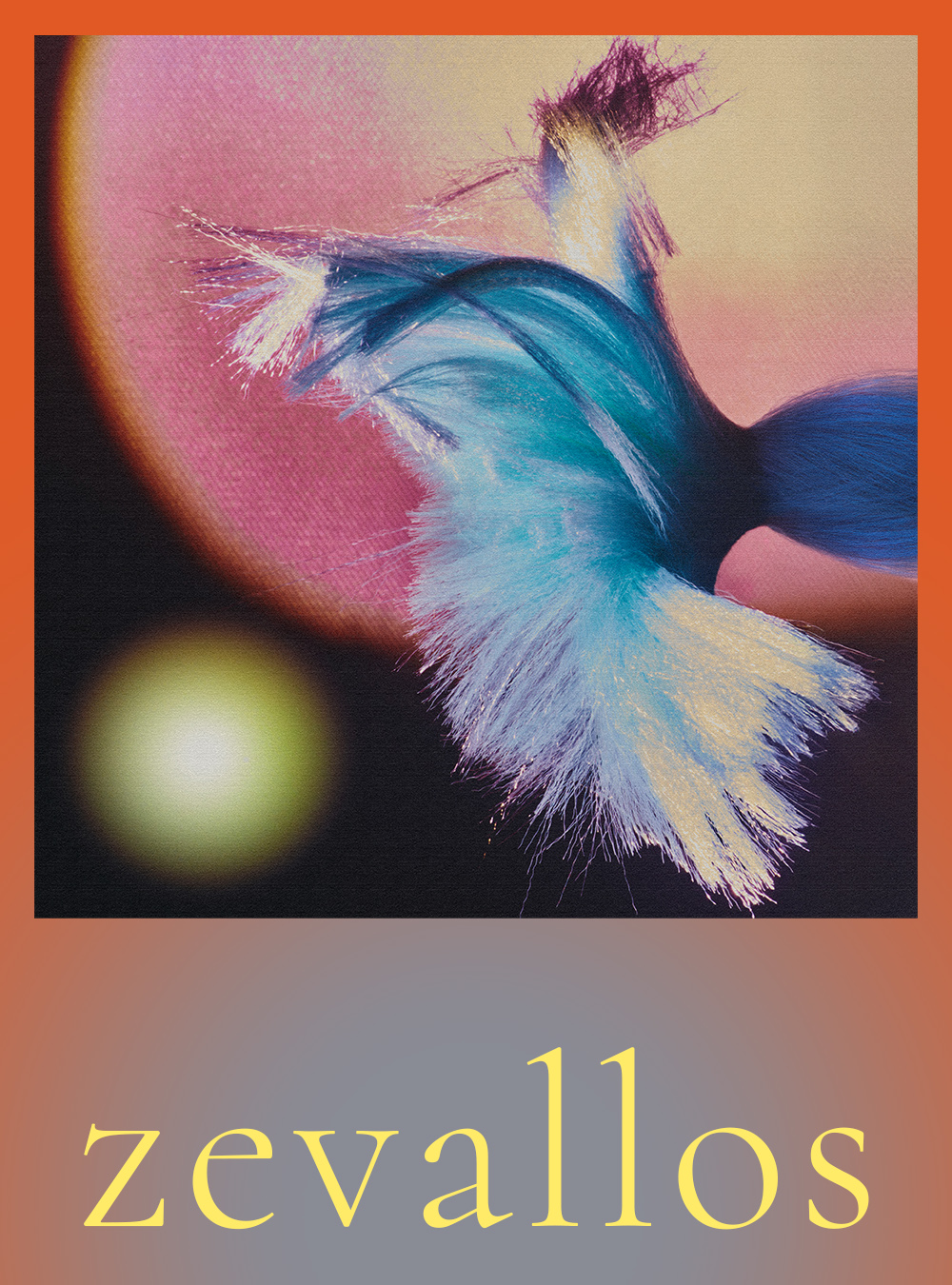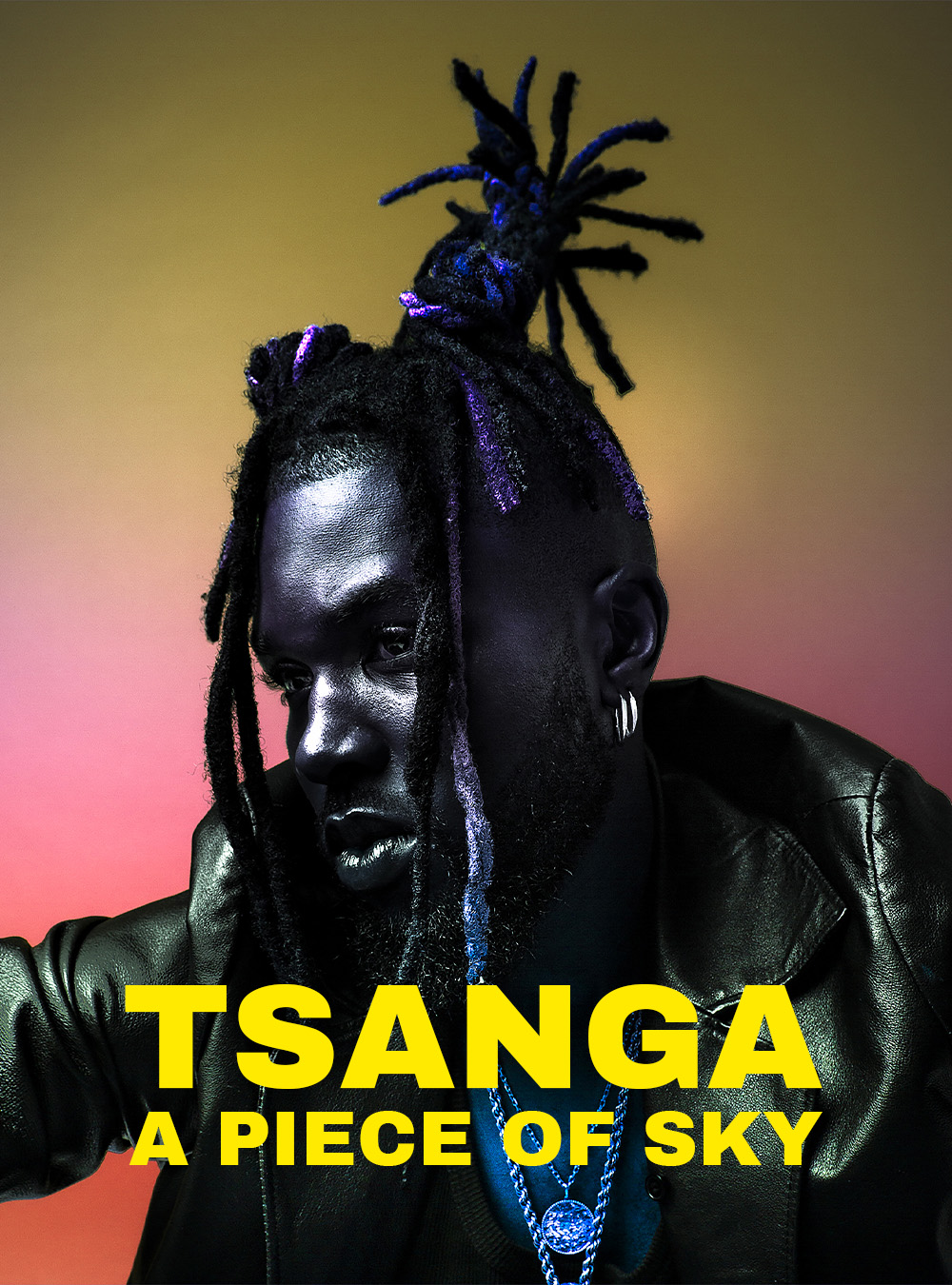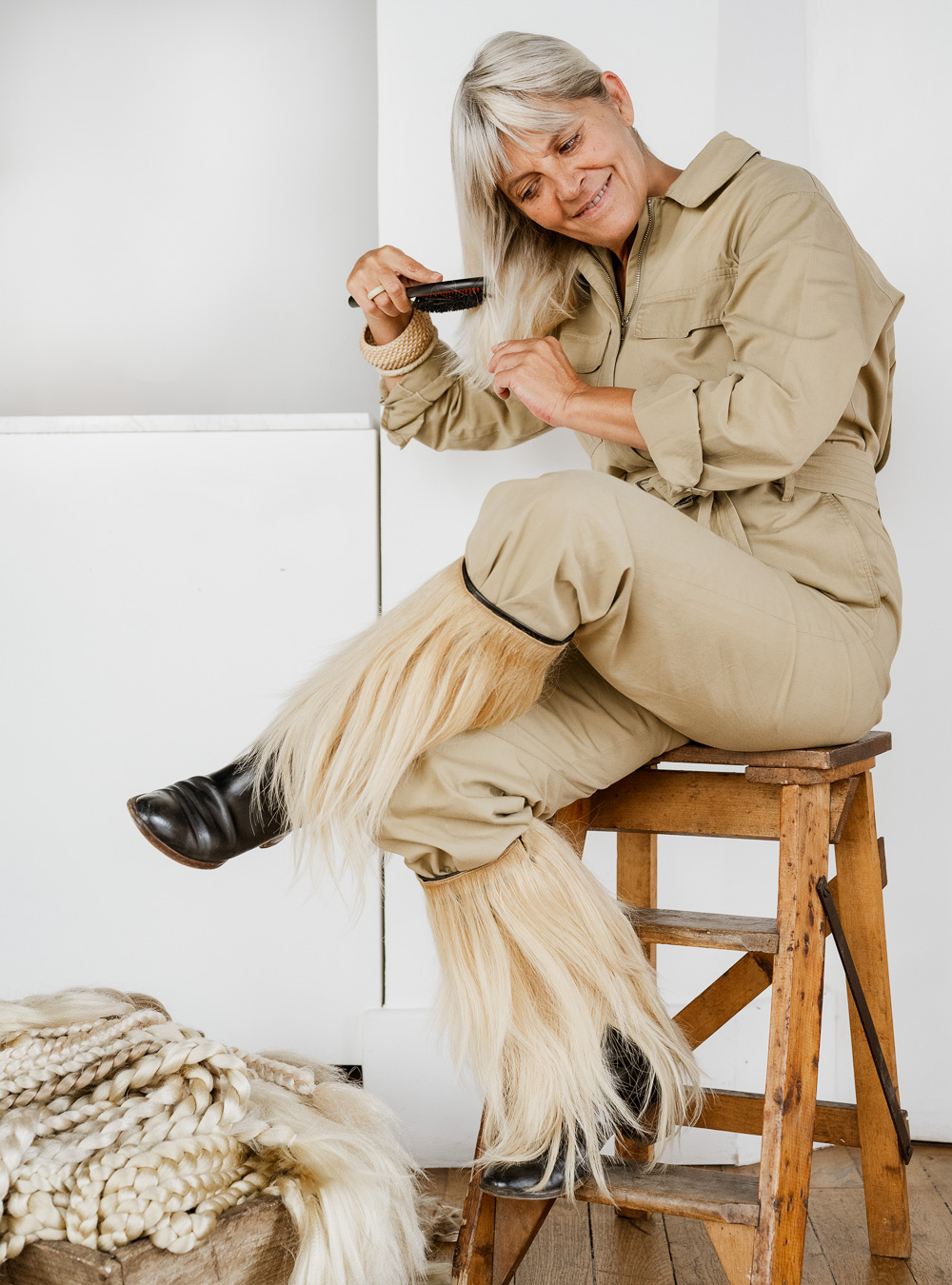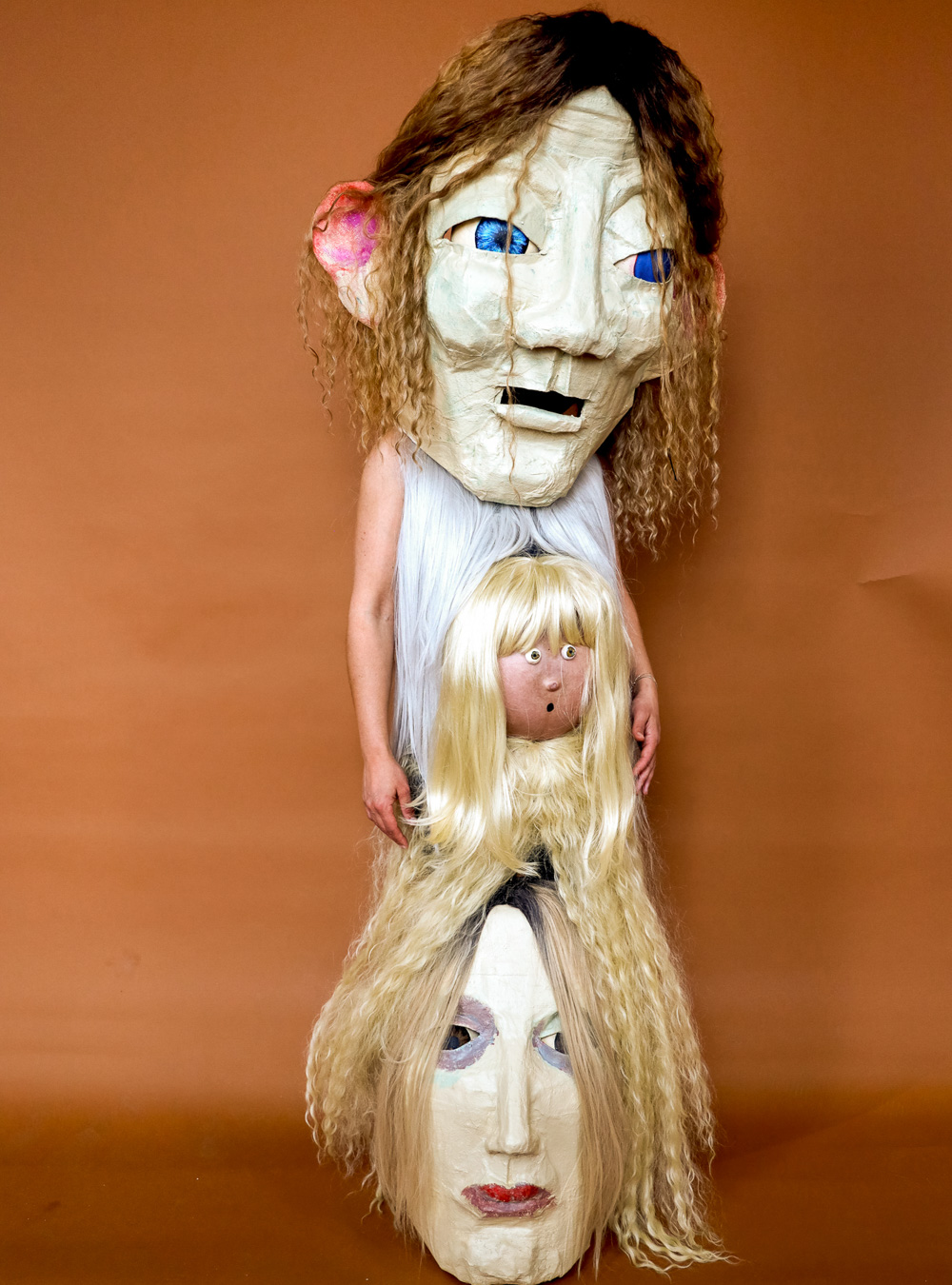ART & CULTURE: Yvonne Roeb’s mysterious sculptures reference the most primal and symbolic side of hair
Sculptures: Yvonne Roeb
Photography: Markus Bachmann, Linda Inconi
Interview: Emma de Clercq
The work of Berlin artist Yvonne Roeb throws the viewer into a world of myth, ritual and ancient customs. Her multimedia sculptures often incorporate elements from the animal, plant and mineral kingdoms, motifs which she then combines to create strange new forms, suggestive of totems or other ritualistic objects. Due to Roeb’s interest in themes such as voodoo and magic, the use of hair in her work suggests one of the most primal and symbolic sides of hair: the idea that it contains some remnant of our human essence. For Roeb, this idea of hair as a highly charged, powerful material is exactly where its appeal lies. “Hair has its own magic,” she says, “it used to be something alive, and it conserves some information and codes like a fingerprint”. We spoke to the artist about her practice.
Your work often references elements from the animal, plant and mineral kingdoms. Where is your interest in these forms derived from? I am greatly fascinated by the many strange things that populate the world. I have unconditional enthusiasm for the things created by nature. It is these things – from shells to a whale tooth – that I collect and bring back from my travels. For me, nature, with its incredible wealth of forms, is like a model, from which I, as a sculptor, can learn a lot. But, of course, such models in art need to be broken again. When looking at my works, one often thinks at first that they show something natural, and it is only by taking a second or third look that one realizes that there is something else behind it.
For me, working as a sculptor is essentially about engaging with that which is provided by nature, which can only be recreated in a very complicated, elaborate process. If you take nature as a model, your result will always be worse than nature itself. For example, using my materials, I cannot model a plant that sways in the wind like a real flower. Evolution has mostly reserved for itself the static properties it takes for that. If I wanted to bend plaster, it would break right away.
"I am greatly fascinated by the many strange things that populate the world"
Your hair sculptures seem to resemble ritualistic objects. Is this a theme that interests you as an artist? Absolutely! My work Voodoo II (above), for example, is certainly suggestive of a ritual object. Other objects that come up frequently have served as vanitas motifs in traditional art history – that is, as motifs designed to reveal the transient nature of all life. One of the hopes we mortals seem to have is that we can influence the course of events and keep death at a distance through incorporating traditions or asceticism, for example. This is where we enter a realm of mysticism that, for me, has something grim about it. In my opinion, the permanently repeated attempts to achieve redemption, possibly even immortality, through mystical experiences lead to an impasse. We cannot escape mortality. This aspect also subtly finds its way into my work. This is why my work also and repeatedly includes these kinds of motifs. For me, it encompasses all aspects of life: beauty, eroticism, the joy of living, and of course the beginning and the end. In my opinion, they all rank equally with each other.
What is the significance of the use of hair in your work? Are you interested in the connotations of hair as suggesting something alive or animalistic? Hair has a big attraction for me. The lover was given a curl as a sign of close bondage in former times. From the biblical story we know that severed hair can give a person power and influence, as in the Tale of Samson and Delilah. Animals are hunted and killed because of their fur. Hair has its own magic. It used to be something alive, and it conserves some of the information and codes like a fingerprint.

